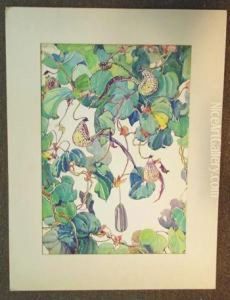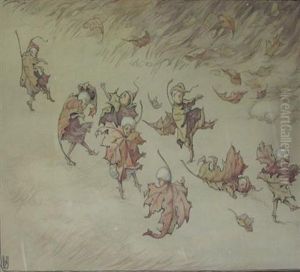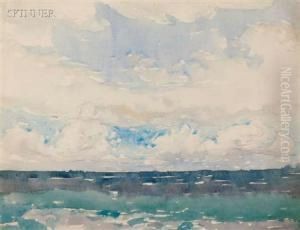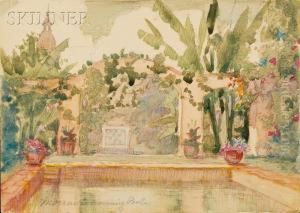Nellie Littlehale Murphy Paintings
Nellie Littlehale Murphy was an American painter born on October 23, 1867, in Maine. She grew up in a time when the opportunities for women to pursue an artistic career were expanding, though still limited. Murphy took advantage of these opportunities and developed her skills as an artist, becoming known for her portraits, landscapes, and still-life paintings.
Murphy's education in art began at the School of the Museum of Fine Arts, Boston, and she furthered her studies in Paris at the Académie Colarossi, a progressive art school that was one of the first to admit women and allow them to participate in life drawing classes with nude models. This experience in Paris was pivotal, as it exposed her to the vibrant art scene of Europe and allowed her to interact with other artists, fostering her development.
Upon returning to the United States, Murphy settled in California, where she became an active member of the art community. She exhibited her work at various venues, including the San Francisco Art Association, the California State Fair, and the Golden Gate International Exposition. Her paintings were well-received, characterized by a blend of impressionism and realism, with an emphasis on capturing light.
Murphy was also a respected art instructor and influenced a generation of artists through her teaching. She was married to fellow artist Herman Oliver Albright, and together they contributed to the burgeoning art scene in the San Francisco Bay Area.
Nellie Littlehale Murphy continued to paint and exhibit her work until her death on February 25, 1941. Her legacy is preserved through her paintings, which remain appreciated for their beauty and craftsmanship, and through the students she mentored, who carried forward her artistic values and teachings.




